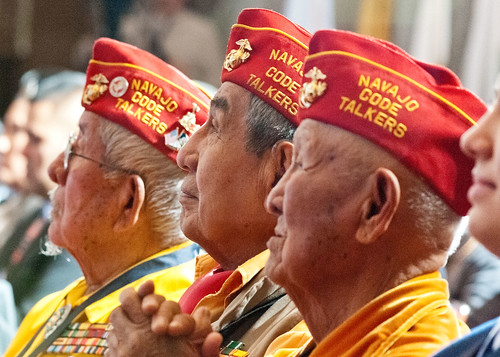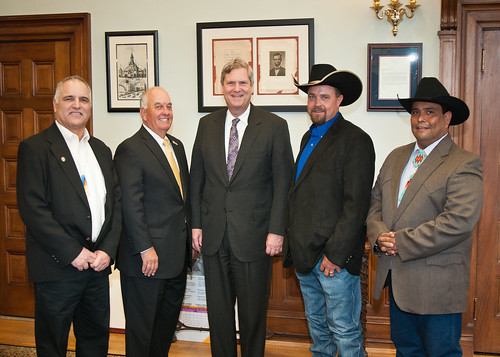
Yesterday, it was my privilege to join other cabinet members in addressing an estimated 500 tribal members from across the United States at the White House Tribal Nations Conference at the Interior Department.
Since taking office, President Obama has turned a new page in our government-to-government relationships with members of 566 federally recognized tribes. The President and cabinet members including myself understand the need to improve program delivery to members of Tribes, including those on and off reservations. While we have made strides in improving services to Tribes, much is left to be done.
One step we are taking today is the filing of our Sacred Sites report. This has been a collaborative effort involving USDA’s Office of Tribal Relations and the Forest Service. This report represents a commitment by USDA and other agencies to be better partners and improve communications about Sacred Sites, better protecting those sites, access and provide government-wide training to ensure that there is a better understanding of the relationship those sites have to decisions we make.

We have had great participation with other agencies, especially with the Department of the Interior, in formulation of this report. I especially want to thank Secretary Ken Salazar for his commitment. We have also just finalized a Memorandum of Understanding (MOU) within federal agencies involved in land-based management. The Departments of Agriculture, Interior, Defense, Energy and the Advisory Council for Historic Preservation have all agreed to work a much more coordinated and collaborative process. This MOU sets up an integrated effort which should make it easier for Tribes to understand and appreciate the steps being taken by the Federal Government.
The President is insistent that these Sacred Sites be protected and preserved: treated with dignity and respect. That is also my commitment as Secretary of USDA. I know my fellow Secretaries share in this commitment. We understand the importance of these sites and will do our best to make sure they are protected and respected.
Since President Obama took office four years ago, USDA staff has held about 2,000 meetings with Tribes each year. We settled the Keepseagle lawsuit, and I appointed a Council for Native American Farming and Ranching, to advise me on implementation of outreach and assistance efforts. Four members of the Council met with me yesterday in my office at USDA. We have worked with the Tribes to provide healthy and nutritious meals, increasing the variety of fresh vegetables available to the tribal commodities distribution program. We’ve supported distance learning and tele-health through broadband deployment in some of the remotest areas of the West and Alaska, and the Farm Service Agency, Rural Development and the Natural Resources Conservation Service have created a Customers Guide to Farm Loan Programs. Perhaps most importantly, we have moved to provide funds to ensure that Native Americans have access to clean, safe drinking water and quality sanitation systems.
As it has for the past four years, this Tribal Nations Conference gives members of the cabinet, including myself, an opportunity to meet with Tribal leaders and obtain critical feedback. We look forward to continuing the effort to work with Tribes to not only assist them, but to learn from them as descendents of America’s first farmers and stewards of the land.
President Obama addressed the White House Tribal Nations Conference as well. To see the President deliver his remarks click here.

